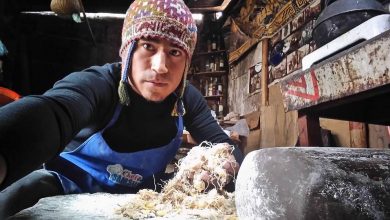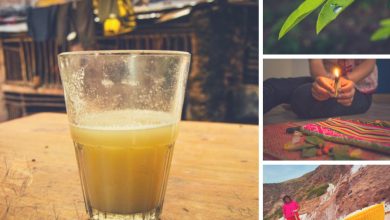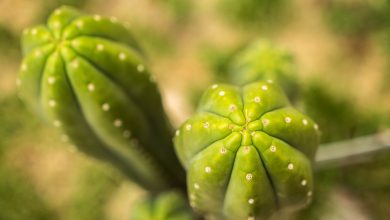Intersections: A Peruvian Herb Attracts International Attention
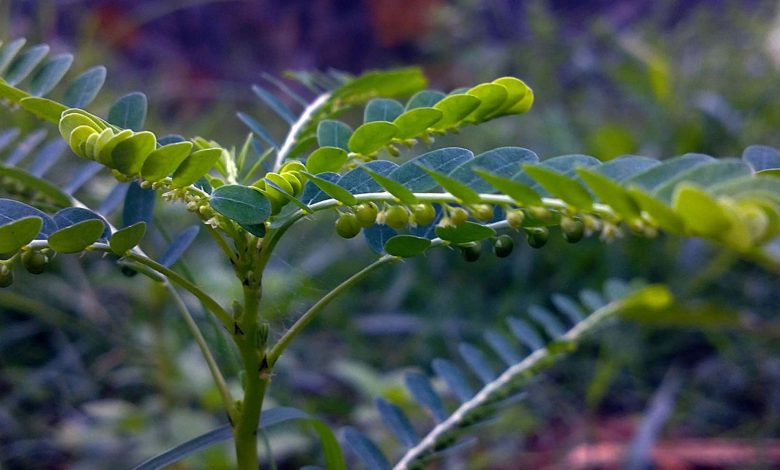
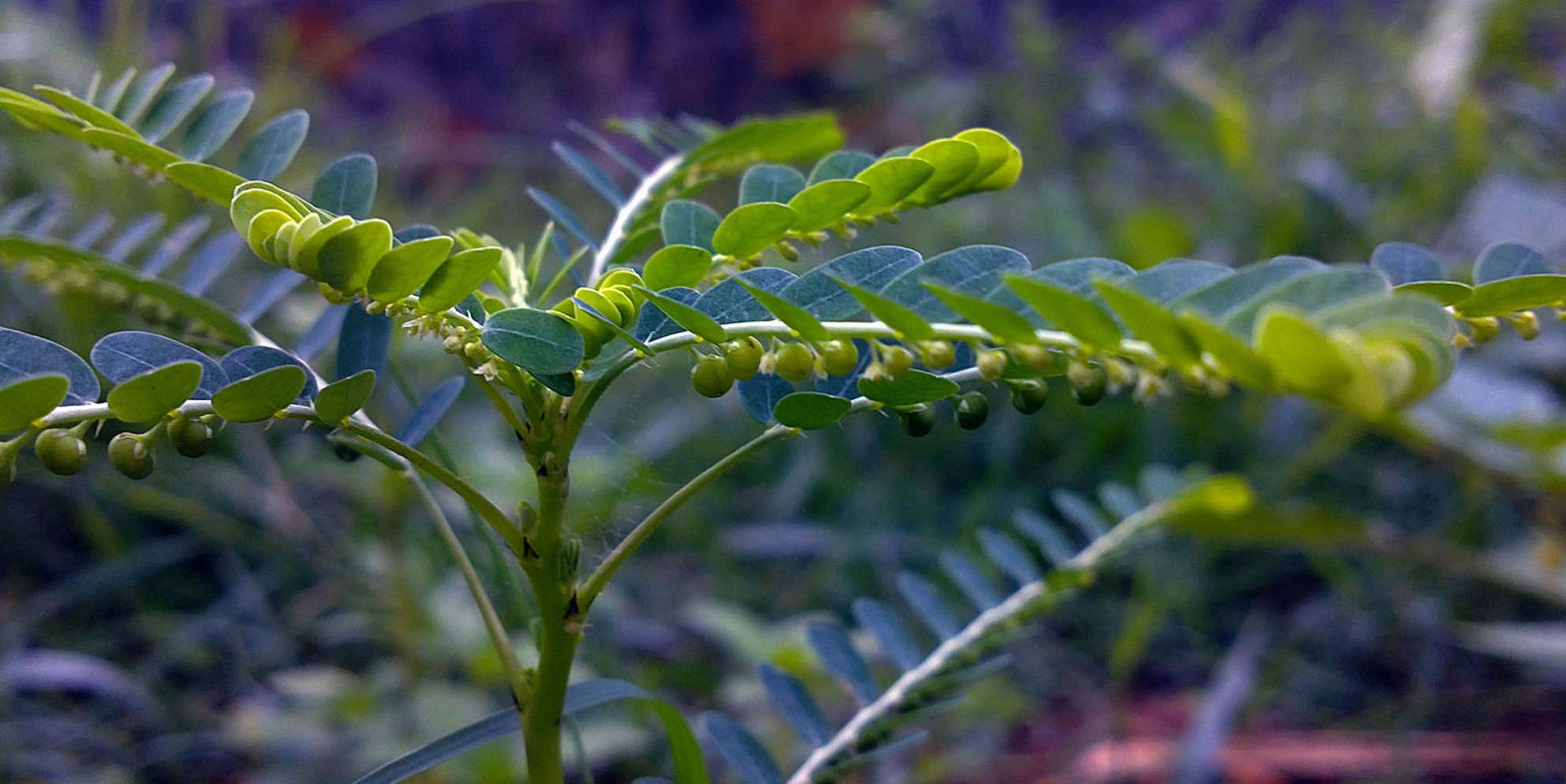
Chanca Piedra (Phyllanthus Niruri)
Stone Breaker. The name caught my attention. I was interested in knowing what stones might be broken by a soft little bag.
Noticing that it was an herb and also that it was from Peru, I bought the bag with the intention of doing further research. Arnold Fernandez Coraza article in Cusco Eats,two days ago, indicated that many people in Peru rely on herbs for treatment of ailments, but how about in Utah?
Stone breaker is the English translation of ‘chanca piedra’ or Phyllanthus niruri. A small herbaceous plant that grows in tropical areas near the coast, it is found in Peru. A company named Nuestra Salud packaged it and, through commercial networks, it ended up in a grocery store in Utah.

I visited the company’s website and found this statement, “Creemos que la verdadera salud, así como la verdadera belleza, solo se puede logar a través de una nutrición y cuidado adecuado. Por esta razón se opto por seleccionar las hierbas de Perú.” (We believe that true health and true beauty can only be achieved through proper nutrition and care. For this reason we decided to select the herbs from Peru.)(1) This underlined their belief in the importance of using Peruvian herbs for health.
Out of curiosity, I looked for clinical information about the herb, and found this quote by Jon Barron
For generations, chanca piedra has been used by the indigenous peoples of the Amazon (for) treatment and removal of gallstones and kidney stones. In fact, the name chanca piedra, as it is known in Peru, comes from its effect on kidney stones and gallstones. The literal translation is “stone breaker.” It effectively softens both kidney stones and gallstones for easy passage out of the body. It is also renowned for its diuretic qualities and has been shown effective at helping relieve edema and urine retention.(2)
A strong endorsement of the herb, this made me think back to the last time that I had visited my medical doctor. He gave me a list of things to take for migraines that included one prescription drug and three herbs.
The statements on chanca piedra intrigued me, as a result, so I continued to look for research on this little herb. I found that “in 1990, Nicole Maxwell reported that Dr. Wolfram Wiemann (of Nuremburg, Germany) treated over 100 kidney stone patients with chanca piedra obtained in Peru and found it to be 94% successful in eliminating stones within a week or two.” (3)
Nephrolithiasis (kidney stone formation) is a common condition in the United States. According to NCBI (National Center for Biotechnology Information) rates of kidney stones are climbing around the world. Only a few countries, notably Scotland, show a reduction. (4, table included)

Passing kidney stones is excruciating and often requires professional medical attention in the United States. Doctors use extracorporeal shock wave lithotripsy to target and break up larger stones. The procedure is effective, but expensive and requires hospitalization. Sometimes percutaneous nephrolithotomy, a surgery to remove the stones is performed. This is invasive and also requires hospitalization.(5) As a consequence, a non-invasive procedure for removing kidney stones would be very useful.
Scientific researchers in Brazil have published their findings on this point. Mirian A. Boim, Ita P. Heilberg, and Nestor Schor of the Renal Division, Federal University of Sao Paulo, Unifesp, Sao Paulo, Brazil stated in the abstract of their investigation:
Phyllanthus niruri has been shown to interfere with many stages of stone formation, reducing crystals aggregation, modifying their structure and composition as well as altering the interaction of the crystals with tubular cells leading to reduced subsequent endocytosis.
In their conclusion they add:
properties of Phyllanthus niruri may constitute an important advantage in the prevention of lithiasis, inhibiting calculus growth and keeping the crystals dispersed in the urine, with their consequent easier elimination.”(6)
These findings added to those of earlier research by the Paulista School of Medicine in Sao Paulo which was conducted on humans and rats.
Further reading led me to other studies conducted on the unassuming little ‘weed’ as it was referred to by some.
Chanca Piedra …” or ‘shatter stone’ has been called Stone Breaker because it has used for generations by the indigenous peoples of the Amazon as an effective remedy to eliminate gallstones and kidney stones and for other kidney problems. The plant is employed for numerous other conditions including blennorrhagia (often a symptom of gonorrhea , colic, diabetes, dysentery, fever, flu, tumors, jaundice, vaginitis, and dyspepsia. It is of little wonder that Chanca Piedra is used for so many things since the plant has proven antihepatotoxic, (liver cleanser) antispasmodic, antiviral, antibacterial, diuretic, febrifugal and hypoglycemic activities. It is also considered anodyne (painkiller), aperitif (digestive), carminative (relieves intestinal gas), digestive, emmenagogue (abortive in excessive amounts), laxative, stomachic, tonic and vermifuge(used for treating worms) based on its long documented history of uses.(7)
Based on these findings, there are ongoing studies regarding the use of chanca piedra for hypertension, hepatitis and HIV that have produced positive results.
With this body of evidence behind it, the brave little ‘stone breaker’ seems to be breaking not only kidney stones, but also making cracks in the stones of the ivory towers of medicine.
Perhaps this little weed was the one used to ‘soften’ stone as in the Cusco eats story by Brayan Coraza Morvel. He tells of the Inca working the stone by use of herbs that made the stones soft like clay. A little bird still knows the secret, it is claimed. (9)

This powerful little plant lay dried in my palm, as I considered all the wonders that it contained. Although I do not have kidney stones, or gall stones, I decided to use the herb as a restful tea before bed. It had a slightly astringent quality, as well as a slight numbing effect on the inside of my mouth, similar to cloves, but with none of the same flavor profiles. As far as flavor, it was extremely mild, and pleasant. Not too earthy, not too rich.
As I sipped my cup, I considered that this little plant had made a long journey from Peru to my table. I raised my cup. ‘Salud’.
NB This article is in no way meant to prescribe the use of phyllanthus niruri for acute nephrolithiasis.
References
(1)http://www.nsnuestrasalud.com/salud.php
(2) http://jonbarron.org/herbal-library/herbs/chanca-piedra#.VmwADvmDGko
(3)http://www.rain-tree.com/chanca-techreport.pdf
(4)http://www.ncbi.nlm.nih.gov/pmc/articles/PMC2931286/
(5)http://www.mayoclinic.org/diseases-conditions/kidney-stones/basics/treatment/con-20024829
(6)http://www.brazjurol.com.br/november_december_2010/Boim_657_664.htm
(9)http://www.cuzcoeats.com/2015/05/the-incas-secret-for-working-stone-and-the-naqacho/

